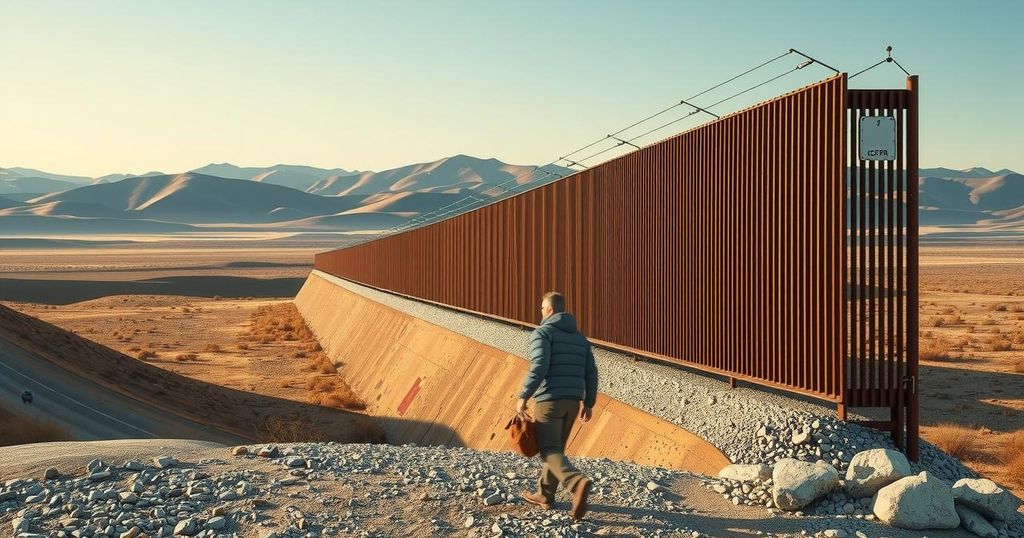Assessment of Mexico’s Deployment of 10,000 Troops at the Border

Mexico will deploy 10,000 National Guard troops to its northern border to prevent U.S. tariffs and address migration and drug trafficking concerns. However, experts doubt the effectiveness of such measures, considering them diplomatic gestures rather than practical solutions. The situation reflects historical patterns of high-profile agreements lacking real policy impact.
To mitigate the threat of U.S. tariffs, Mexico has agreed to deploy 10,000 National Guard troops to its northern border. This decision comes after former President Trump previously pushed for the deployment of 28,000 troops during his first term. The aim of this initiative is to curtail the influx of migrants and the trafficking of drugs, especially fentanyl.
Despite these efforts, experts and former officials question the efficacy of this troop deployment in achieving substantial results. They highlight concerns that this move may serve more as a diplomatic maneuver intended to placate U.S. demands rather than represent a strategic military operation.
Arturo Sarukhán, a former Mexican ambassador to Washington, characterized this approach as “a lot of shock and awe, but very little policy.” He emphasizes the historical context of similar initiatives, which previously ignited unprecedented violence against drug cartels in Mexico.
The deployment reflects a trend of leveraging high-profile agreements to satisfy political expectations, raising skepticism regarding its impact on drug trafficking and migration management. Ultimately, it appears to align with President Trump’s penchant for deal-making rather than a comprehensive strategy revelatory of significant policy changes.
The article discusses Mexico’s recent decision to send 10,000 National Guard troops to its northern border in response to forecasts of U.S. tariffs. This aligns chronologically with past agreements during Trump’s presidency, wherein larger deployments aimed to manage migration and drug trafficking issues. Analysts express doubt about the effectiveness of such troop movements, comparing them to previous efforts that did not yield significant results. President Trump’s historical role in advocating for troop deployments at the border, alongside the current President Claudia Sheinbaum’s compliance with these requests, sets the stage for current events. The juxtaposition of diplomatic maneuvers against the backdrop of heightened drug violence in Mexico provides further context for this dialogue.
In conclusion, while the deployment of 10,000 Mexican troops to the U.S. border is presented as a necessary step to fend off tariffs and improve border security, analysts cast doubt on its effectiveness. The historical precedents of troop mobilization in the face of drug violence further complicate the narrative, suggesting that high-profile agreements may not translate into substantial policy changes or tangible results. The situation underscores the complex dynamics of U.S.-Mexico relations and the challenges of effectively addressing cross-border issues.
Original Source: www.nytimes.com








